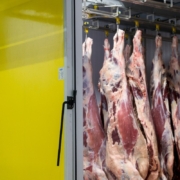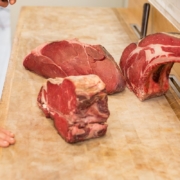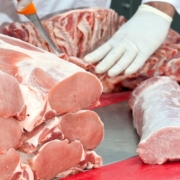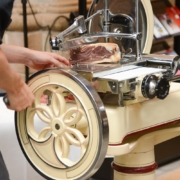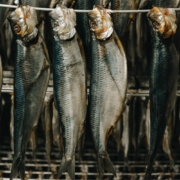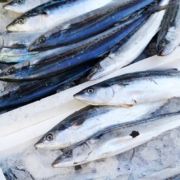The Cooking and Smoking Process in the Meat Industry
Cooking and smoking are key processes in the meat industry, used to enhance the texture, flavor, and preservation of meat products. These techniques have evolved with technology, allowing for efficient and safe large-scale production.
Cooking in the Meat Industry
The cooking process primarily aims to eliminate bacteria and improve the juiciness and texture of the meat. It can be done through various methods, such as:
- Steam cooking: Ideal for sausages and cooked hams, ensuring even cooking without excessive moisture loss.
- Industrial ovens: Allow precise control of temperature and humidity, ensuring a perfect finish for hams, sausages, and cured products.
- Cooking kettles: Used in the production of broths, stews, and processed meat products.
Smoking in Meat Production
Smoking not only imparts a distinctive flavor but also helps preserve meat products. There are two main methods:
- Hot smoking: Performed at temperatures above 60°C, allowing the product to cook and smoke simultaneously. It is used for sausages like chorizo and some cured meats.
- Cold smoking: Kept below 30°C, adding flavor without altering the texture. Common in hams and smoked salmon.
Both processes require specialized equipment, such as cooking ovens and smoking chambers, ensuring a consistent and high-quality result.
In the meat industry, combining cooking and smoking enables the production of safe, flavorful products with an extended shelf life, optimizing both production efficiency and consumer experience.

